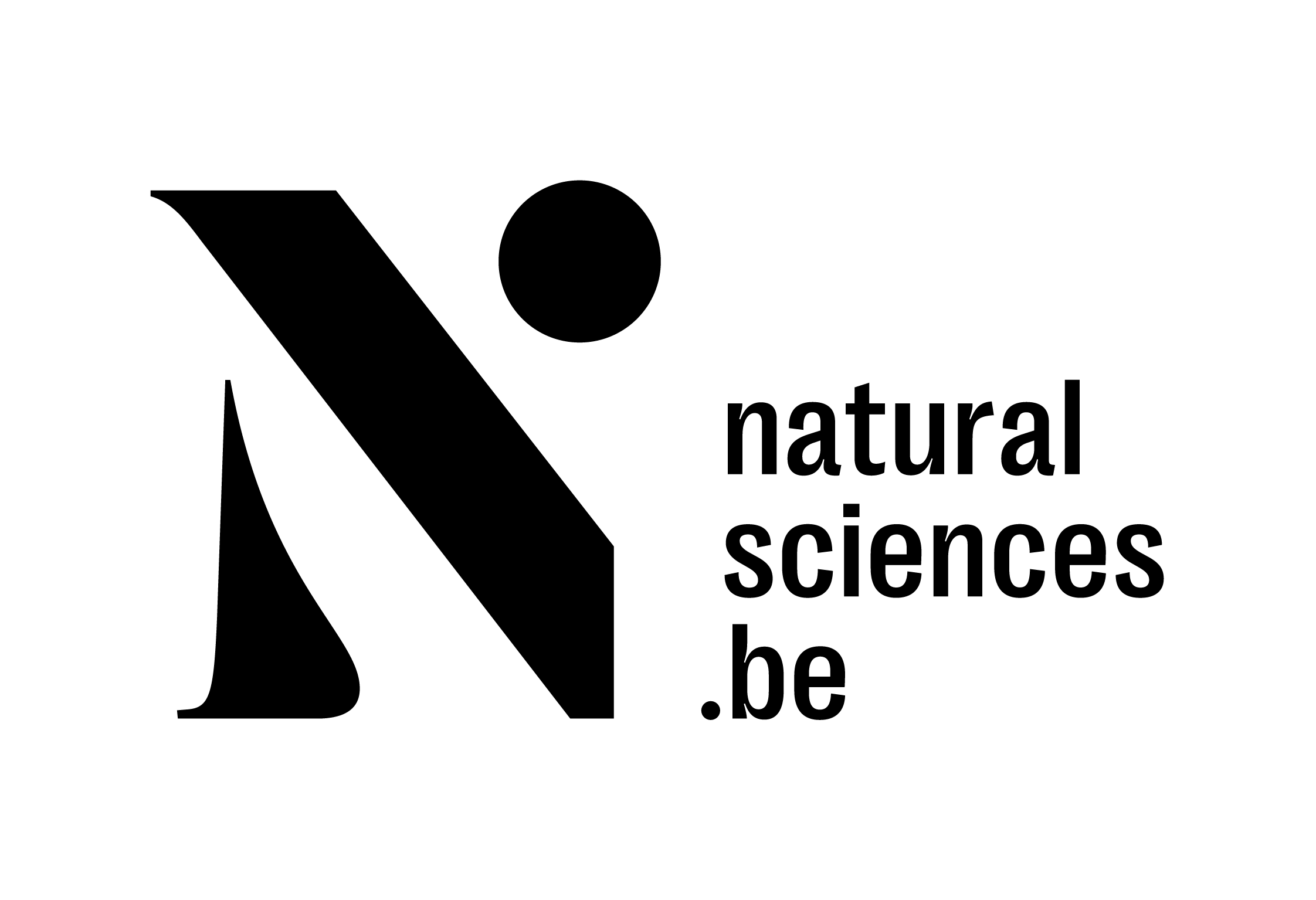MEMO+
Monitoring of exotic mosquitoes in Belgium
Policy concern: public health, invasive alien species
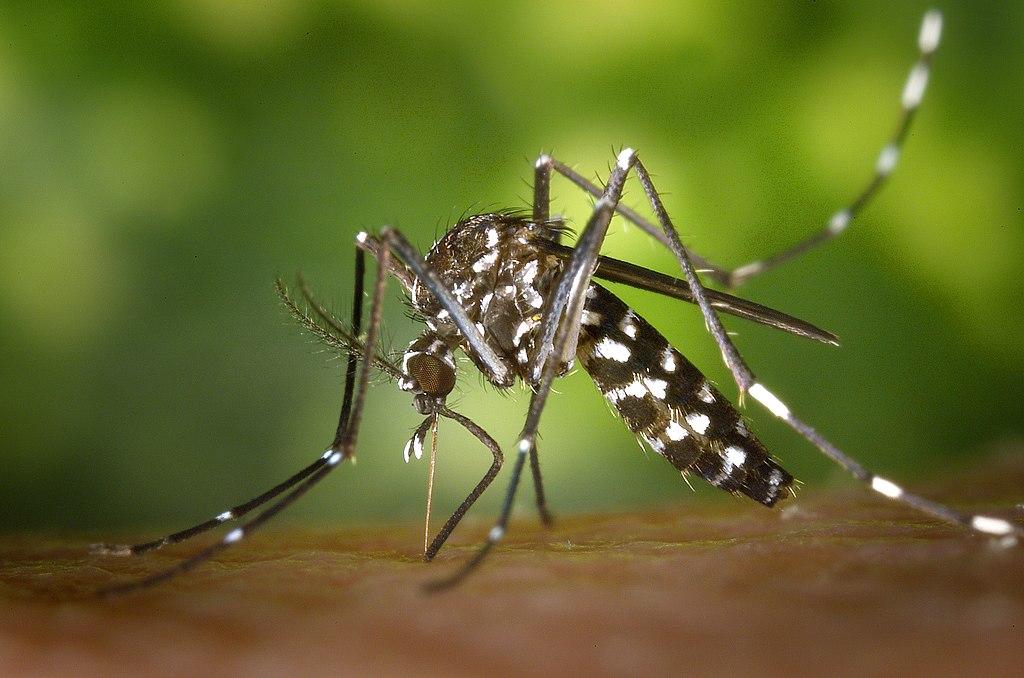
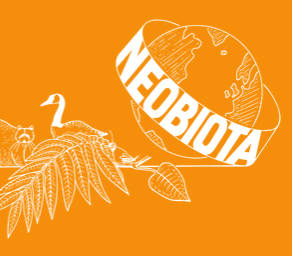
Within the MEMO+ project, BopCo collaborates with the Institute of Tropical Medicine and Sciensano to detect and monitor tiger mosquitoes and other exotic mosquitoes in Belgium. BopCo helps with the species identification of the collected specimens (often eggs, larvae, damaged adults) using DNA-based methods, since they are often difficult to identify based on morphology.
What are the risks of exotic mosquitoes in Belgium?
The introduction and establishment of exotic mosquitoes in Belgium represents a potential threat to biodiversity and (human) health as some of them can carry and spread viruses. Due to the international trade, tourism, and climatic/ecologic changes, mosquito species can be transported, dispersed, and introduced into new territories like Belgium, eventually establishing themselves.
Therefore, a nationwide three-year monitoring project (MEMO, 2017-2020) was funded by Belgian federal authorities and entities. The primary goal of the MEMO project was to gain a deeper understanding of the introduction processes and pathways of exotic mosquitoes, thereby aiding in their management and control.
What has BopCo done?
Within MEMO, BopCo contributed by:
- building a DNA-based identification pipeline allowing for the discrimination of all native mosquito species and the most concerning exotic mosquitoes https://gigabytejournal.com/articles/59
- validating exotic species identification using DNA-based methods https://www.itg.be/en/attachment/1455367f-86f5-4c82-bd48-45802228be76/deblauwe-et-al-2022-overview-surveillance-ims-2007-2020.pdf
- performing a quality control of morphology-based identifications (5% of all specimens collected annually)
- biobanking tissue and DNA of all exotic and native species encountered in Belgium, hosted at the Royal Belgian Institute of Natural Sciences
- uploading generated barcodes on online repositories, sharing results at international conferences, and publishing them in peer-reviewed journals (BioProject ID PRJNA837425)
Read more about it on the MEMO project page.
The Asian tiger mosquito in Belgium?
MEMO+ (2021-2025) is the continuation of the initial MEMO project, again allowing for the early detection of exotic Aedes mosquitoes in Belgium, but specifically focusing on Aedes albopictus (Asian tiger mosquito). In fact, the Asian tiger mosquito is a known vector for viruses like dengue, chikungunya, and Zika, and has established itself largely in Southern Europe.
Both projects have demonstrated that exotic Aedes mosquitoes are repeatedly introduced in Belgium, with some populations found overwintering. These populations are actively monitored by the Institute of Tropical Medicine.
You can help us!
Additionally to the active monitoring activities, MEMO+ also includes a citizen science approach coordinated by Sciensano. If you spotted a tiger mosquito, you can upload your observation at https://surveillancemoustiques.be/ (in French) or https://muggensurveillance.be/homepage (in Dutch).
On this website, tools are also available to help with the morphological identification of mosquitoes like the Asian tiger mosquito. Similar identification guides are available on the website of the Institute of Tropical Medicine. .
What does BopCo contribute?
Within MEMO+, BopCo helps with the species identification of the collected mosquitoes. In fact, the specimens are often collected as eggs or larvae, and adults can be in bad conditions, making morphology-based identifications impossible.
Therefore, DNA-based species identification methods are applied to support morphological experts. This combined effort helps in the early detection of exotic mosquitoes, and contributes to the prevention and control of potential mosquito-borne disease outbreaks.
Useful links
More about MEMO+
In English
En Français
- Deux fois plus de moustiques tigres signalés en Belgique
- La saison des moustiques a commencé
- Surveillance citoyenne pour le signalement du moustique tigre
In het Nederlands
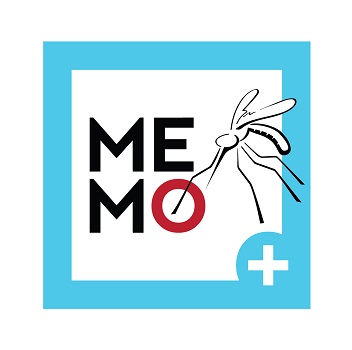
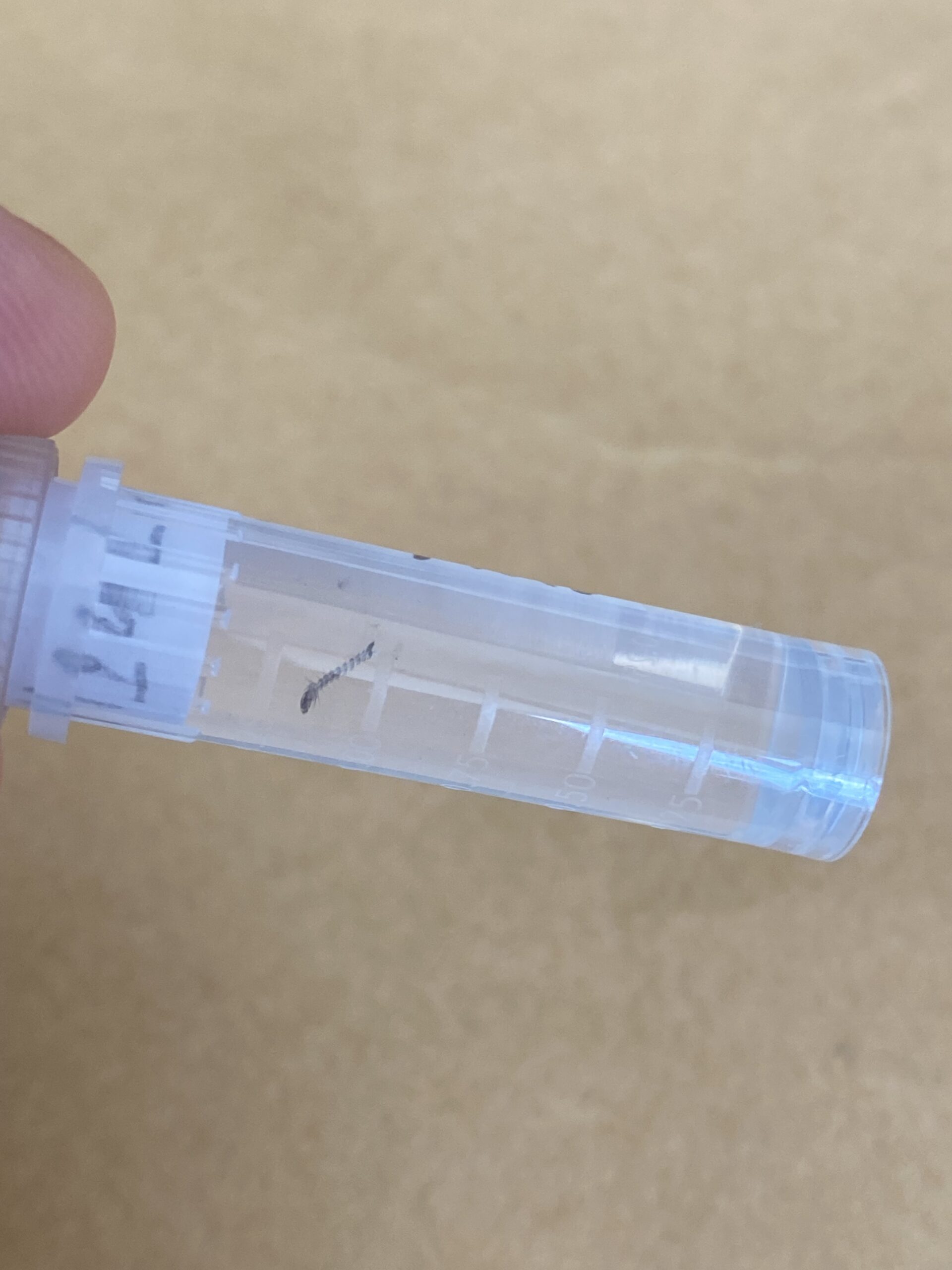
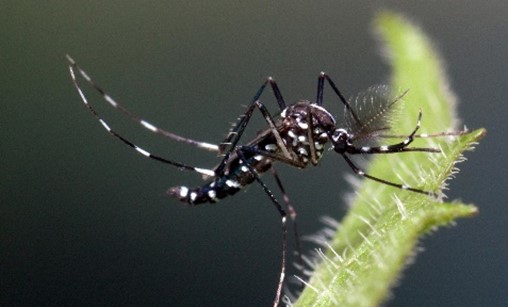
Partners & collaborators


